At first glance, a new Gallup poll showing that more Americans identify as conservative rather than liberal makes sense. Republicans had a great election year (at least in terms of final results), and soon a Republican president will be sworn in.
But “conservative” in the era of Trump has a different meaning altogether than how it was understood even 10 years ago. After all, the president-elect calls himself a conservative, but quite often exemplifies anything but conservative values.
Though conservatives still outnumber liberals, the new poll shows the margin between both is narrowing. America is leaning more toward the left side of the political spectrum. This is not especially surprising.
Gallup reports:
…more Americans have considered themselves politically conservative than liberal since the early 1990s. That remained the case in 2016, when an average of 36% of U.S. adults throughout the year identified themselves as conservative and 25% as liberal. Yet that 11-percentage-point margin is half of what it was at its peak in 1996 and is down from 14 points only two years ago.
Since Gallup began routinely measuring Americans’ political ideology in 1992, conservative identification has varied between 36% and 40%. At the same time, there has been a clear increase in the percentage identifying as politically liberal, from 17% to 25%. This has been accompanied by a corresponding decrease in the percentage identifying as “moderate,” from 43% to 34%.
Most of the long-term change in Americans’ political views occurred after 2000 and can be explained by one overarching factor — an increasing likelihood of Democrats (including independents who lean Democratic) to self-identify as liberal. Democratic liberal identification has increased by about one percentage point each year, from 30% in 2001 to 44% in 2016. As a result, liberalism now ranks as the top ideological group among Democrats.
Republicans…have maintained a strong tendency to identify as conservative. At 63%, the percentage conservative today is higher than in 2001, but below the peak of 67% in 2009 and 2010.
Thirty percent of Republicans identify as political moderates, while fewer than one in 10 say they are political liberals.
Conservatism within the Republican party has been on the decline since the beginning of Obama’s tenure, as polling suggests. Most apparent of all, though, is the growth of liberalism inside the Democratic party. Liberal ideology has risen 14% since 2001. One need not look far to realize how much that mindset has grown.
People who once opted for the word “moderate” may be more willing to call themselves “liberal” even if their views on the issues are the same. However, with major changes over the past two decades in Americans’ acceptance of gay marriage, support for legalized marijuana and growing opposition to the death penalty, at least some of the shift in labeling appears to be rooted in changing perspectives.
The consequences of more “moderates” identifying as liberal, or holding more liberal positions, should be apparent. Just consider the HB2 situation in North Carolina and it’s not hard to see how those crossing over, or an increase in new liberals from demographic change, can greatly diminish conservative values and ideas of governance in practice, even as self-identifying conservatives continue to outnumber self-identifying liberals.
Overall – and again, this should be apparent to any observer – the United States is now more “liberal” than ever. So to answer the question: it is good news that conservatives outnumber liberals, but it’s bad news that the tide is changing. We don’t know if that change will continue.
Whether liberalism increases under a Trump presidency, or whether he actually advances the conservative cause, can only be speculation at this point. There is reason, though, to be concerned.




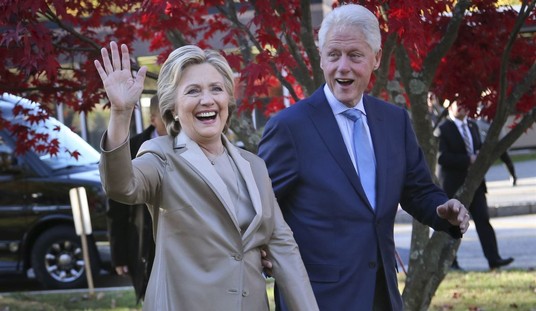
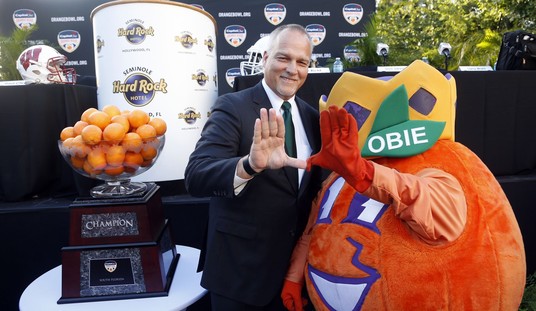

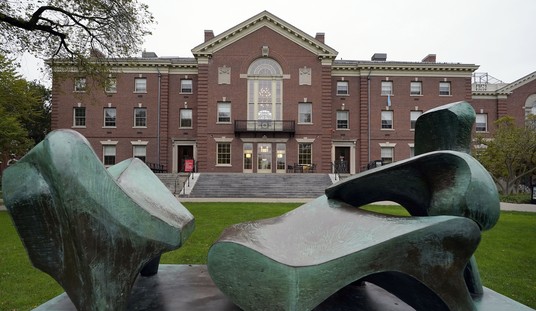


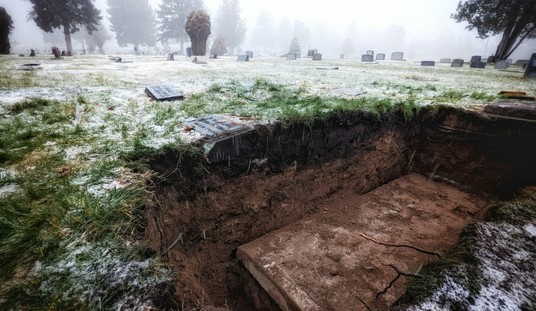

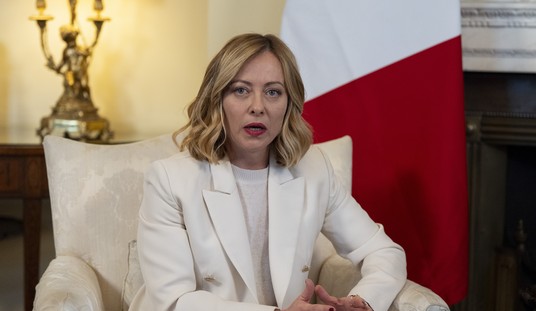
Join the conversation as a VIP Member